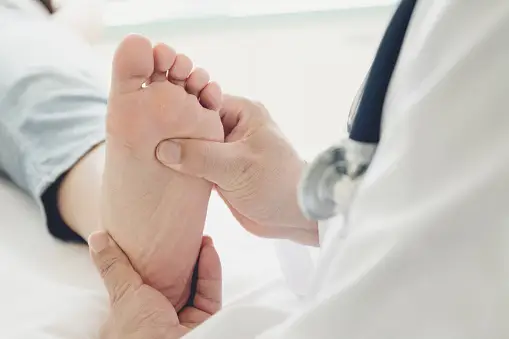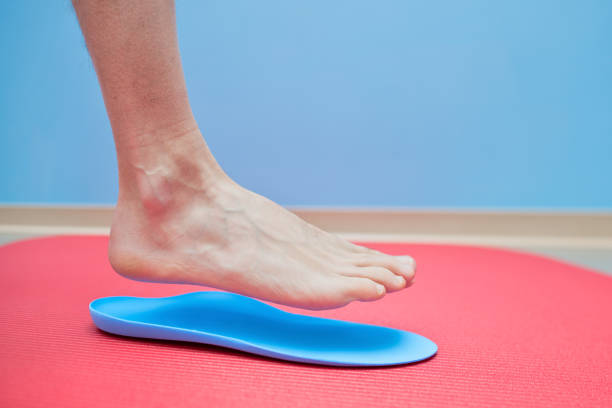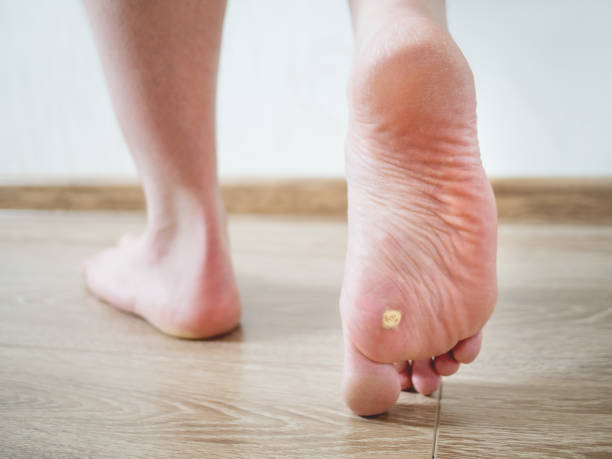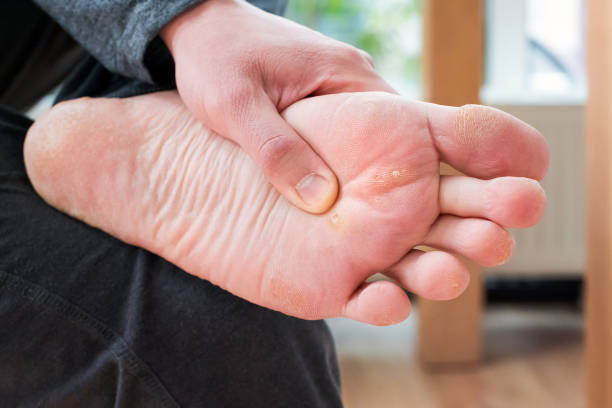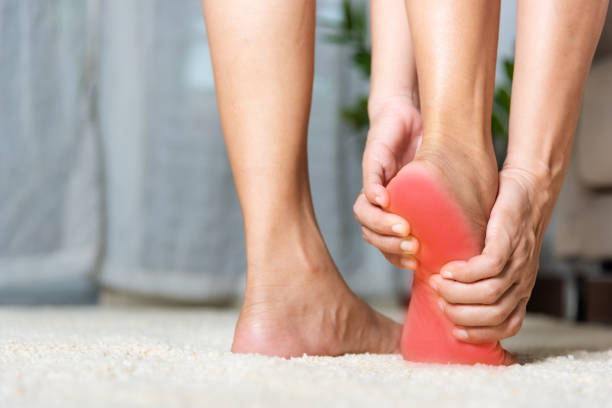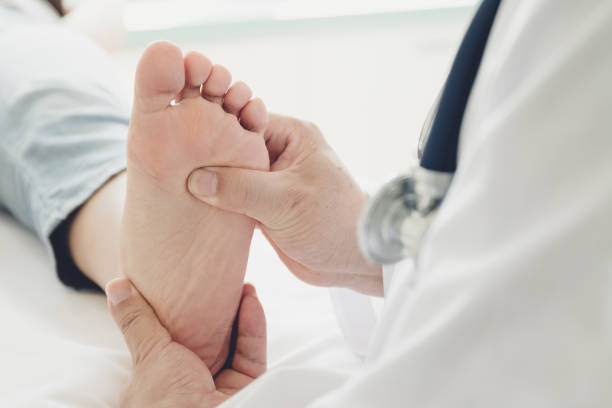Chiropractic care is gaining recognition as a holistic approach to achieving wellness and alleviating various health concerns. In the vibrant city of Richmond, Melbourne, individuals seeking enhanced well-being are discovering the transformative benefits that chiropractors offer.
Richmond, a bustling suburb renowned for its cultural diversity and thriving community, houses a spectrum of healthcare options, including chiropractic care. The goal of chiropractic treatment extends beyond mere pain relief; it aims to optimize the body’s functionality and restore its natural ability to heal itself.

Here are some of the distinctive advantages of seeking chiropractic care in the Richmond area.
1. Relieves Stress
Chiropractic adjustments may help improve spinal alignment and alleviate a wide variety of physical ailments. These include back pain, neck pain, chronic headaches, digestive problems, balance issues, fibromyalgia, and other musculoskeletal conditions.
Every function in your body is controlled by the nervous system. When the spine has a misalignment, it can interfere with the nerves that branch off the spinal cord and communicate with specific organs. Your Richmond chiropractor can correct these misalignments with safe and effective corrections, allowing the nervous system to do its job.
Oftentimes, people visit a chiropractor for pain relief, but it is possible to see one regularly and prevent a lot of pain from ever occurring. Many professional athletes choose to have regular chiropractic care to keep their spine in proper alignment and to prevent injuries that can be caused by poor posture, muscle imbalance, and repetitive stress.
2. Relieves Pain
Getting a chiropractic adjustment can help reduce pain in the back, neck, and head. Chiropractors use manipulations to restore the alignment of the spine, which alleviates pressure on nerves and muscles and decreases inflammation.
Your body has an amazing innate ability to heal itself, but that capacity is dependent on a healthy nervous system. When your spinal nerves are compressed, you may experience a variety of symptoms including fatigue, allergies, and aches and pains. A chiropractor can correct misalignments in the spine (known as subluxations) that interfere with the healthy function of the nervous system.
3. Relieves Migraines
Chiropractic can help relieve a variety of ailments, including headaches. It can be used as a preventative treatment for migraines, or it can treat the symptoms of migraines that have already occurred.
A lot of people suffer from the pain and discomfort caused by migraines. However, many do not realize that migraines can be cured naturally through chiropractic care.
Migraines are triggered by many different factors. These include certain foods, bright lights, loud noises, certain scents, lack of sleep, dehydration, and high levels of stress.
Chiropractors can help reduce the frequency of migraine attacks by identifying the root cause and then addressing it through a combination of lifestyle changes, corrective stretches, ergonomic advice, and therapeutic techniques. This holistic approach empowers individuals to take control of their health and wellness journey, leading to long-term benefits and improved quality of life. This is why more and more people are embracing chiropractic as an integral part of their health journey.
4. Improves Sleep
Chiropractors are commonly known as back pain doctors, but they actually treat a wide range of ailments and conditions. They use spinal manipulation to alleviate symptoms like muscle strain, chronic back pain, neck pain, headaches, digestive problems, balance difficulties, whiplash and other collision injuries, and fibromyalgia.
The delicate nerves exiting the spine travel to all organs, muscles, and parts of the body in a specific pattern. Irritation of the nerves in the cervical (neck) area can cause a number of negative body symptoms including head pain, ear pain, and sinus headaches. Chiropractic realignment can relieve these symptoms and improve sleep quality.
Misaligned vertebrae can also put pressure on your nerves and interfere with the neural communication that controls breathing. This can lead to a host of respiratory problems including snoring and sleep apnea. Studies show that regular chiropractic care can correct this problem, allowing you to breathe better and sleep more soundly.
5. Improves Athletic Performance
Chiropractic care improves balance and strength, which can help athletes reach their athletic peak. Chiropractors use manual manipulation techniques to correct areas of instability in the body, such as tight muscles or a weak spine. This helps the muscles to relax and increase the flexibility of joints, allowing athletes to move more efficiently.
Athletes of all ages are seeking ways to gain a competitive edge and perform at the highest level possible. Chiropractic care is a drug-free, surgery-free form of treatment that can help with this.
Every muscle in your body is encased in a thin connective tissue called fascia, which can become tight when injured. Tight fascia can increase recovery times from sports injuries. Chiropractic reduces fascia tension and breaks up scar tissue, which may allow your body to heal faster. It can also reduce your reliance on medication, which can hinder athletic performance.
6. Increases Energy
The doctors in Atlas Chiropractic Clinic are more than just back pain doctors. They are devoted to educating and helping people unlock their body’s innate potential so they can live life more fully.
Misaligned vertebrae put pressure on nerves that control the body’s stress response and can cause anxiety and low energy. Chiropractic adjustments help to remove this pressure, promoting relaxation and calmness.
Regular chiropractic care has been shown to boost immune system function, allowing your body to fight infection and illness more effectively. Many patients find that their allergies and illnesses are reduced along with their fatigue after receiving chiropractic adjustments.
In conclusion, the benefits of visiting a Richmond chiropractor extend far beyond mere pain relief. It’s a gateway to holistic wellness, promoting optimal body function, and empowering individuals to lead healthier lives. The personalized approach, focus on overall well-being, and collaboration with other healthcare providers make chiropractic care in Richmond an integral part of the suburb’s healthcare landscape, contributing to the vitality of its community.


